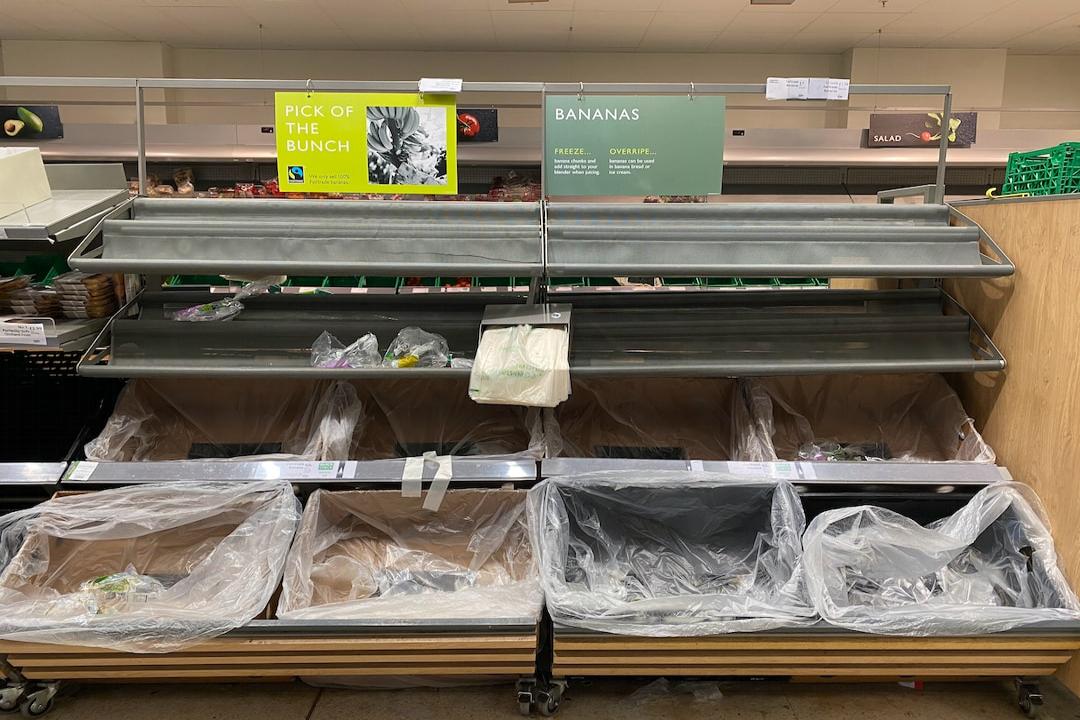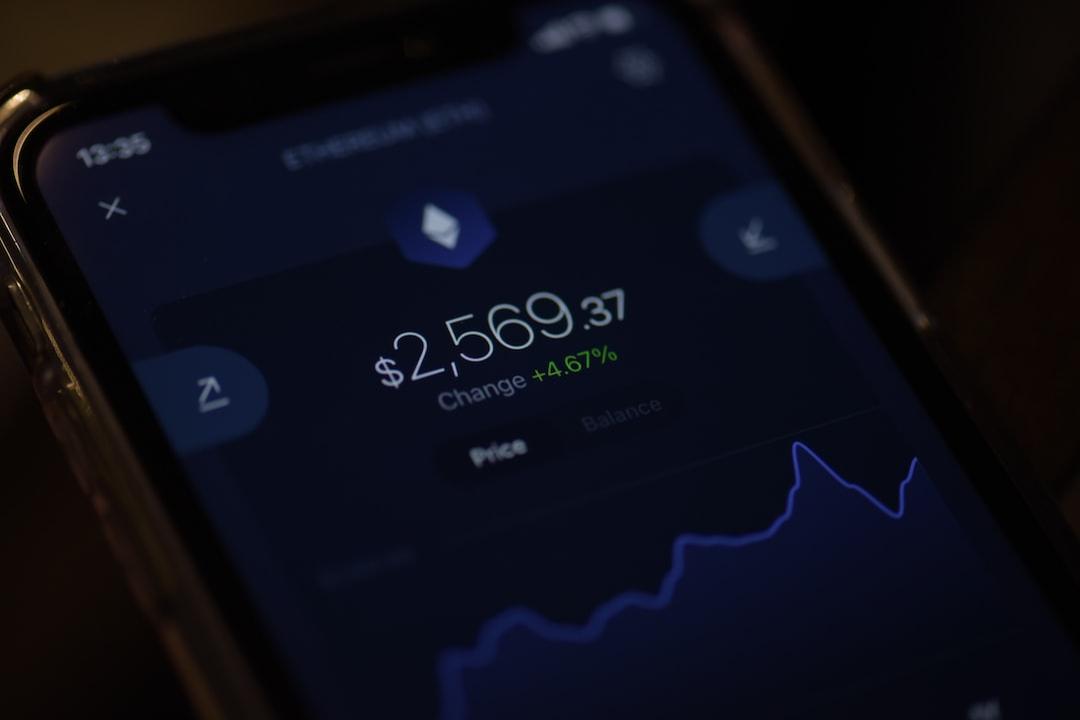The ratio of risk to reward, also known as the risk/reward ratio or risk/return ratio, is a widely used measure in trading that compares the potential profit of a trade to the potential loss. It represents the reward that traders can potentially earn in relation to the risk they take.
For instance, if an investment has a risk/reward ratio of 1:3, it means that for every dollar the investor spends, they can potentially gain three dollars if the trade goes in their favor. This ratio is crucial in cryptocurrency trading, whether for daily trades or long-term investments, commonly known as “hodling.”
To better grasp the concept, let’s examine it in the context of crypto trading.
Calculating the risk/reward ratio involves the following parameters:
Entry price: $2,000
This is the price at which the trader purchases Ether (ETH).
Stop-loss: $1,800
If the price of ETH drops, which is unfavorable for the trader, the stop-loss point is where they would sell the acquired ETH to limit further losses. In other words, they are risking $200 per ETH bought at $2,000.
Take profit: $3,000
If the price of ETH rises, the take profit price is the point at which the trader would sell the ETH, resulting in a profit of $1,000 per ETH.
There are numerous risk/reward ratio calculators available online for cryptocurrency trading. Using the example above, let’s manually calculate the ratio:
The initial risk is $200 per ETH, which is the difference between the entry price of $2,000 and the stop-loss price of $1,800.
The take-profit level offers a reward of $1,000 per ETH, resulting in a risk-reward ratio of 1:5 ($200 risk divided by $1,000 reward).
The formula for the risk/reward ratio is displayed in the image below.

The risk/reward ratio assists traders in evaluating the potential risks and rewards of a trade, enabling them to make informed decisions. It allows traders to effectively manage risk by setting stop-loss orders and take-profit levels, thereby limiting potential losses while maximizing profits.
However, it is important to note that the risk/reward ratio is a risk management tool and does not guarantee trading success due to the following reasons:
1. It is based on assumptions about an asset’s future price movement, which may not always hold true.
2. It may oversimplify the trading process and overlook other significant factors such as market conditions, liquidity, and transaction costs.
For example, if the market experiences sudden high volatility, traders may need to adjust their stop-loss or take-profit levels accordingly. The crypto market is known for its volatility.
After calculating the risk/reward ratio, traders should evaluate whether it aligns with their trading strategy and risk tolerance. It is crucial not to rely solely on the risk/reward ratio for cryptocurrency trading. Traders should utilize it in conjunction with other risk management strategies, trading plans, and discipline to achieve success.
Optimizing the risk/reward ratio involves considering various factors and metrics. While a risk/reward ratio of 1:2 is generally regarded as practical and optimal in crypto and traditional trading, there are no fixed rules, as the ratio depends on traders’ expectations and strategies.
Determining the optimal risk/reward ratio requires finding a balance between the potential risks and rewards of a trade, which is influenced by risk tolerance and trading strategy. Several metrics can accompany the risk/reward ratio or help traders optimize it.
Position size is the amount of capital allocated to each trade and is a critical component of risk management. It directly affects the risk/reward ratio, as a larger position size increases potential profits and losses, while a smaller position size limits them.
Win rate refers to the percentage of profitable trades compared to total trades. A high win rate means that a trader consistently makes profitable trades and can afford to use a lower risk/reward ratio. On the other hand, a lower win rate necessitates relying on big winning trades, which entails higher volatility risks.
Maximum drawdown measures the largest percentage drop in a trader’s trading account from its highest value before the decline. It influences the risk/reward ratio, as even with a favorable ratio, a high maximum drawdown can result in significant account losses. Balancing the maximum drawdown risk and maintaining a favorable risk/reward ratio is crucial.
Expectancy measures the likelihood of making a profit over the long term and is influenced by the win rate, loss rate, average win size, and average loss size. A higher risk/reward ratio with larger potential profits than losses contributes to a higher expectancy.
Several factors should be considered when determining the risk/reward ratio in cryptocurrency trading. Cryptocurrency market volatility is notorious, and traders should set the ratio accordingly. Liquidity, which refers to the ease of buying and selling assets, can impact trading risks and profits. The strength of the underlying technology and the regulatory landscape also influence trading risks.
While the risk/reward ratio is an important metric, it is not a guaranteed solution for trading success. It must be understood and utilized alongside other trading strategies and risk management techniques to achieve optimal results in cryptocurrency trading.

